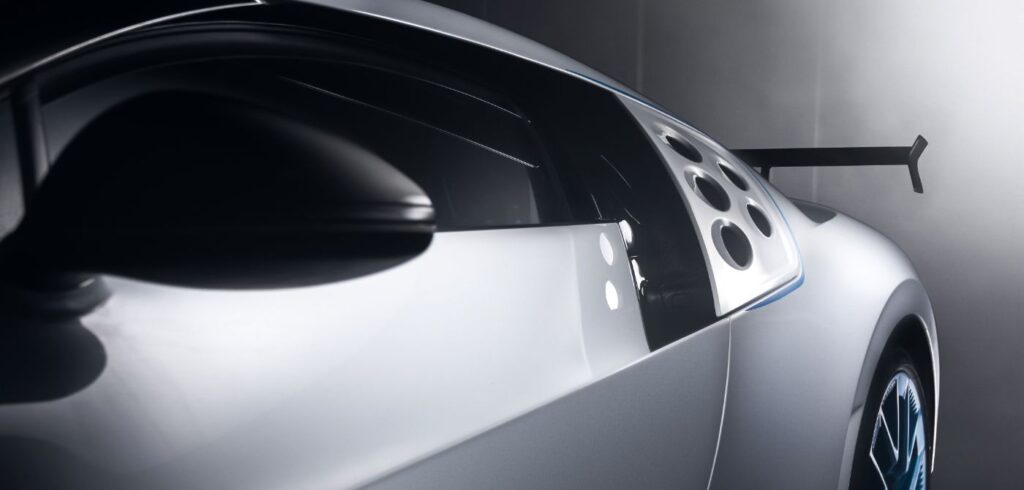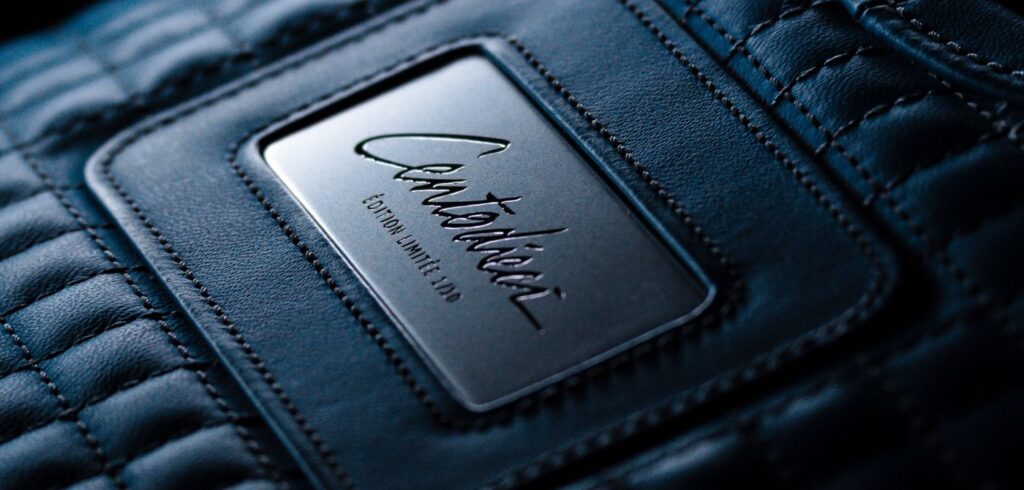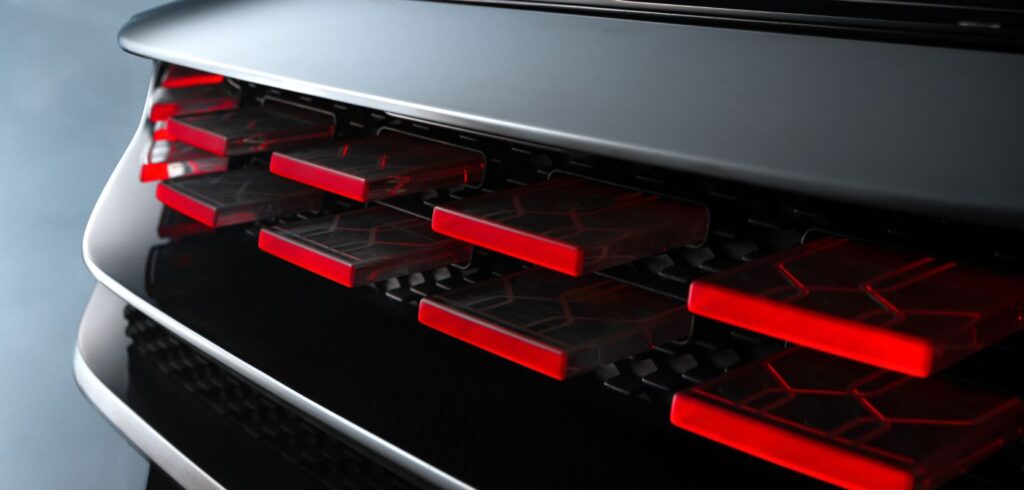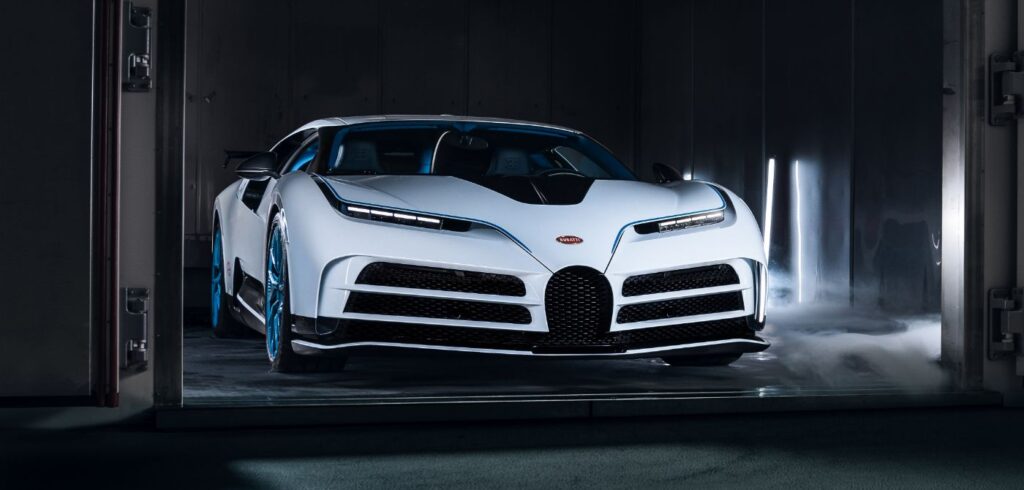In the next development chapter of Bugatti’s Centodieci, the OEM is testing the car in a range of climates and temperatures. This so far has involved the vehicle being parked in a climate chamber for two days. Following analyses conducted at room temperature and during heat tests, which soaked the car at temperatures up to 50°C, the chamber has now been taken down to sub-zero temperatures with the Centodieci subjected to -20°C for 12 hours – so that even the smallest of titanium screws and the very last carbon part reached the specified temperature.
During this stage of the development process, Bugatti engineers spend a week checking various parts and components of the car in the climate chamber.
“Like any other Bugatti, the Centodieci has to perform impeccably at all temperatures, be it 50°C or -20°C. With the climate chamber, we can replicate all kinds of different tests and precisely compare the results again and again,” said Carl Heilenkötter, Bugatti’s technical project manager for one-off and few-off projects.
One of the many cold tests conducted concerns the side windows. When it comes to measuring side window excessive force limitation, even a small production run of 10 examples have to comply with all the internal standards and legal requirements. “A side window has to recognize a defined resistance level and its raising be reversed if necessary,” explained Jülf Fiedler, electrics and electronics development engineer at Bugatti.
 The software connected to the side window motor uses predefined parameters to regulate the power needed to guarantee seamless operation, while also protecting people with a stop/reversing function. If no resistance were identified, the window could slice an apple or, in the worst case, even crush somebody’s finger, Bugatti stressed.
The software connected to the side window motor uses predefined parameters to regulate the power needed to guarantee seamless operation, while also protecting people with a stop/reversing function. If no resistance were identified, the window could slice an apple or, in the worst case, even crush somebody’s finger, Bugatti stressed.
 Depending on the test, the side windows are raised and lowered hundreds of times and a measuring instrument is used to determine the force. It is not only the motor power that is decisive here, but also the friction and therefore the seal resistance, the reversing gear and the glass – everything has to be precisely coordinated. If there are changes in the seal material, the window size or the drive, the tests have to be repeated as the seal plastic behaves differently depending on the set-up.
Depending on the test, the side windows are raised and lowered hundreds of times and a measuring instrument is used to determine the force. It is not only the motor power that is decisive here, but also the friction and therefore the seal resistance, the reversing gear and the glass – everything has to be precisely coordinated. If there are changes in the seal material, the window size or the drive, the tests have to be repeated as the seal plastic behaves differently depending on the set-up.

“The seal friction varies depending on the temperature, and this has to be taken into account by the software for the side window motor. The side windows have to rise reliably whatever the temperature and the excessive force limitation has to react reliably in the event of resistance and reverse the window,” said Fiedler.
Engineers work in the climate chamber for hours, dressed in cold protection suits, hats and gloves.
After a number of tests and fine-tuning of the software, Heilenkötter and Fiedler are satisfied. The window regulators are said to work impeccably – even at double-digit sub-zero temperatures.
Bugatti engineers will be performing more tests on the Centodieci over the next few weeks. In addition to the final high-speed test drives, these include endurance testing over a distance of more than 30,000km (18,600 miles) in accordance with a detailed program of tests lasting several weeks.


